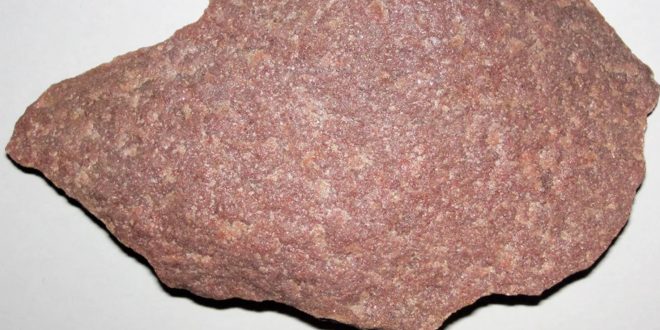A volcanic island in the southwestern Indian Ocean, Anjouan, has a strange geological mystery. Residents and geologists on the island keep finding an unusual rock.
The island is made of basalt, which formed when tectonic plates shifted away and magma rose and cooled in an ocean basin. Quartzite, a sedimentary rock made from quartz sand grains collected in river deltas and compressed over time, is not found on Anjouan. Quartz is absent from the island’s basalt, and it is too young to have formed a river delta.
However, island geologists have reported abundant quartzite for over a century.
However, the documentation was too poor to confirm that the unusual rocks were quartzite in 1900. Geologists found a large “sandstone” formation on the island near Tsembehou in 1969, which was quartzite. Then in 2017, French geologist Patrique Bachèlery found more quartzite on a nearby ridge.
After a few years, Columbia University’s Lamont-Doherty Earth Observatory geochemist Cornelia Class began investigating. Her team found quartzite within minutes, and plenty of it along the ridge.
“This is contrary to plate tectonics,” Class says in Columbia University press release. “Volcanic islands should not have quartzite bodies.”
Residents told Class that they often find the rocks and sharpen their knives, pointing them toward more quartzite. Class found “almost half a mountain” of quartzite when mapping.
Quartzite’s origin is unknown. Class told Live Science that the island’s basalt rocks’ chemistry doesn’t indicate a continental crust connection, calling the find “something we consider impossible, but then we find it, and once we find it, we have to explain it.”
The quartzite’s age will help determine when it was deposited and how it became the only volcanic island with a chunk of continent, possibly from Gondwana’s breakup.
 Tech Gadget Central Latest Tech News and Reviews
Tech Gadget Central Latest Tech News and Reviews




